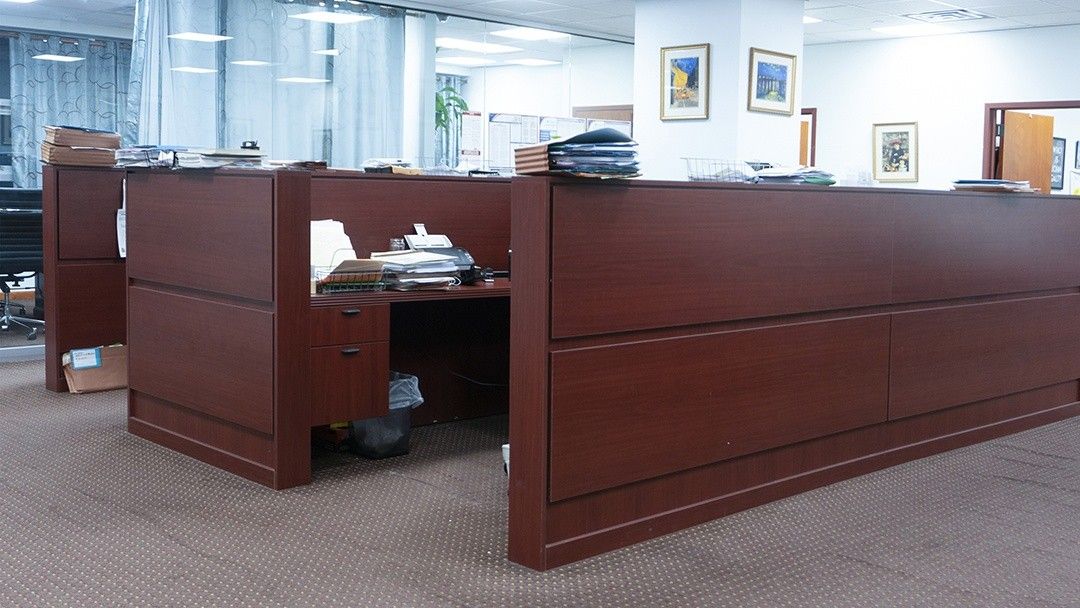Governmental Premises Liability in New York City
Numerous people suffer personal injury every year due to conditions on public property in New York. People who are injured may be unaware that they might be able to recover damages for any injuries received from the governmental agency that owns the property.
Government agencies once held broad immunity in the event a person was injured on government-owned land. Prior to the Federal Tort Claims Act of 1946, people who were injured due to the negligence of government employees had no recourse. Now, local, state, county and federal government employees and agencies may face liability for personal injuries occurring on their property if certain circumstances apply.
Typically, property owners owe a duty of care to people who are on their property. The duty will vary depending on why the other person is there. Governmental bodies may still enjoy a lowered duty of care to people who are using a maintained property. Many injuries occur on sidewalks or in public parks due to conditions that are known hazards and, as such, should have been repaired.
An individual who is seriously injured due to problematic conditions existing on public property may be able to recover compensation for his or her loss through a premises liability lawsuit. As governmental immunity is often asserted and may be a sticking point in such cases, people who have been injured under such circumstances may find it beneficial to seek out the help of a Accident Attorney who is familiar with the limits of governmental immunity. If successful, injured victims might be able to receive compensation for medical expenses, ongoing treatment needs, lost income and other damages categories.


